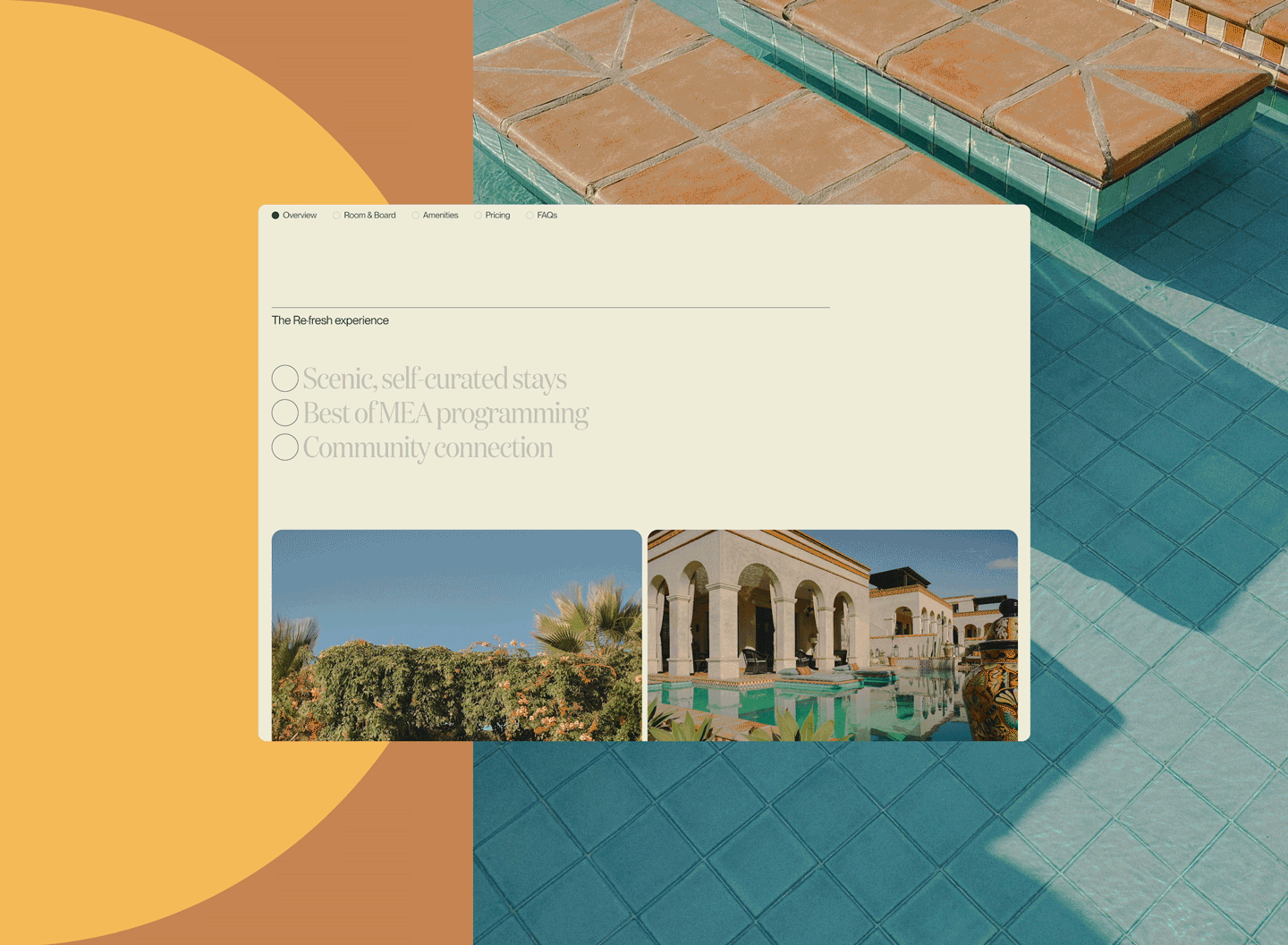This conversation around wireframes was started in our internal #design-talk Slack channel by our multi-talented engineering apprentice, Gino. He asked a simple question and a few of us jumped on it.
We thought these answers might be useful for anyone wondering about the value of including or skipping the wireframe step of user interface diagrams.
Gino
Do people still do lofi wireframing? Northeastern teaches it as a must in our designs but I’ve never found use for it, and I’ve also never seen any throughout my professional career.
Nathan
Sometimes but rarely. I usually jump from writing to full design. Wireframes can be a good tool to get buy in without any emotional reaction.
Mike
Great question. I think wireframing is like a systems-level tool for planning at a high level. Like an ER diagram in database design. But when people try to use it for specific interfaces or screens, it loses its luster and you’re probably better off just “doing design.”
Tito
Yeah a lot of our work is simple, straightforward communication design where the medium and the message are intertwined. You have to design it to evaluate it. So the extra step of wireframing just doesn’t feel very necessary.
- That doesn’t mean we don’t plan — it always helps to start by understanding the goals, calls to action, messaging, and information hierarchy. But that can be sketched quickly in a text document. We even have a template for that.
- With the above figured out, wireframes feels like a waste — as if I’m designing with one arm tied behind my back. I’ve also seen people take a wireframe and try to paint the design on top, which doesn’t lead to the best outcomes. I want to use all the tools at my disposal to interpret the goals, see words/images side-by-side, combine, remix, and make something compelling.
Scott
Sometimes making a diagram version of an interface is the best way to think through or communicate a set of relationships (flow between screens, or parts of a layout). Since you’re omitting potentially distracting layers of information you can show the underlying architecture.
It’s a great teaching tool, because it forces a focus on structural relationships. So it probably should be taught as part of the process.
But if you can show all that and make it feel “real” in one step by presenting full design, it’s often more persuasive and efficient to skip wireframing. Pro mode.
Also some organizations split a “UX” role from “visual design,” and in these cases wireframes reinforce the separation of roles. Upstatement generally rejects this separation of UX from visual design.
Gino
Things I’d never learn from a class. Thanks! 🙌




